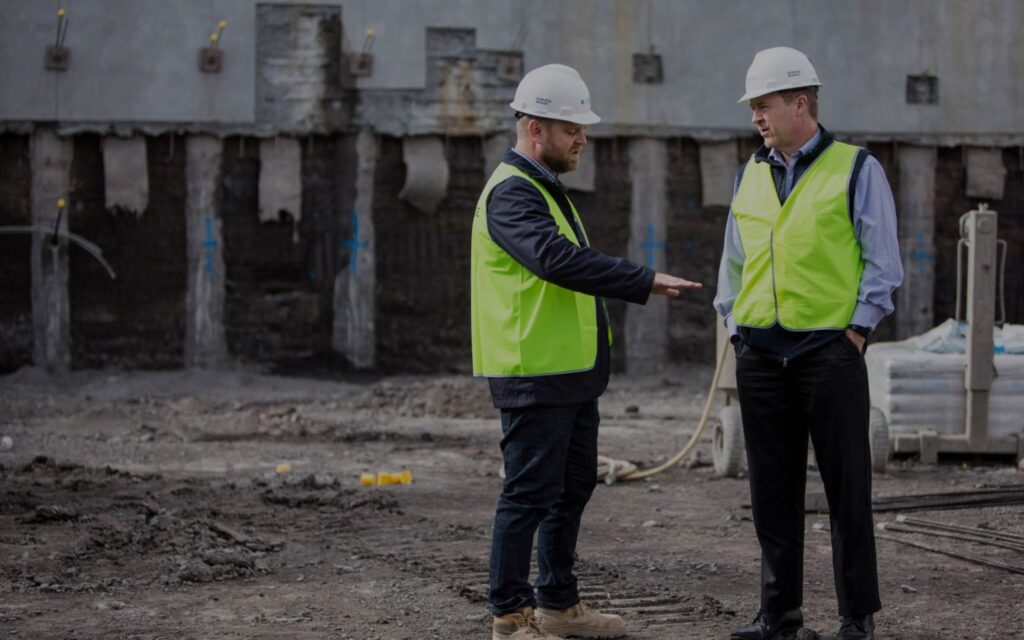Advantages of Green Star Building Certification in Australia!

Green Star Construction Sydney certification is a comprehensive, national rating system that has been developed by the Green Building Council of Australia (GBCA) to evaluate the environmental design and construction of buildings in Sydney. It is a voluntary certification system that provides a holistic approach to sustainability and promotes the adoption of green building practices.
In Australia, Green Star certification holds numerous advantages for property developers, owners, and occupants, contributing to economic, environmental, and health benefits. This article explores the various advantages of Green Star certification in the context of new developments in Australia.
One of the primary advantages of Green Star certification in Australia is the focus on reducing environmental impacts. Green Star-certified buildings are designed to be energy-efficient, which means they require less energy for heating, cooling, and lighting compared to standard buildings. This energy efficiency translates into reduced greenhouse gas emissions, contributing to the fight against climate change. Moreover, water-saving fixtures and rainwater harvesting systems often form part of Green Star projects, which conserve precious water resources—a significant benefit given Australia’s frequent drought conditions.
Economic benefits are another compelling advantage of Green Star certification. Although the initial cost of Green Star buildings can be higher due to the incorporation of sustainable technologies and materials, these costs are often offset by the savings in utility bills over time. Energy and water efficiency leads to lower operational costs, making Green Star buildings cheaper to run. Furthermore, these buildings often have higher occupancy rates and higher resale values, providing economic benefits to investors and owners. For Australia’s economy, this means more sustainable construction jobs and an increase in skilled professionals who are versed in green technologies.
The health and wellbeing of occupants are paramount in Green Star buildings. Indoor environment quality is a significant component of the certification, with a focus on natural light, high-quality indoor air, and acoustic comfort. Such features have been shown to increase productivity and reduce absenteeism in workplaces, which is particularly beneficial for commercial buildings. In the residential sector, these aspects contribute to the overall quality of life. For Australia, where urban life can often be stressful and polluted, Green Star certification provides a blueprint for healthier living environments.
Green Star certification also encourages innovation in the building industry. To achieve certification, developers and builders are incentivised to use new materials, technologies, and processes that may not have been considered previously. This drive for innovation helps to push the entire Australia construction industry forward, fostering a culture of continuous improvement and ensuring that the country remains at the cutting edge of sustainable building practices.
Another advantage of Green Star certification is the promotion of biodiversity and the use of sustainable land use practices. Green Star buildings often include green spaces such as roof gardens or green walls, which not only enhance the aesthetic appeal of the building but also support local flora and fauna. These green spaces can help to mitigate the urban heat island effect, a significant issue in Australia’s growing metropolitan areas.
Green Star certification helps in building a positive corporate image and demonstrates social responsibility. Companies in Australia that invest in Green Star buildings are seen as leaders in sustainability, which can enhance their reputation and brand value. This is increasingly important as consumers and employees become more environmentally conscious and prefer to engage with businesses that reflect their own values.
Summing up, Green Star Construction Sydney certification offers a myriad of advantages for new developments in Australia. From reducing environmental impact and fostering economic benefits to enhancing occupant wellbeing and driving innovation, the certification provides a framework for sustainable development that aligns with the future of construction.





